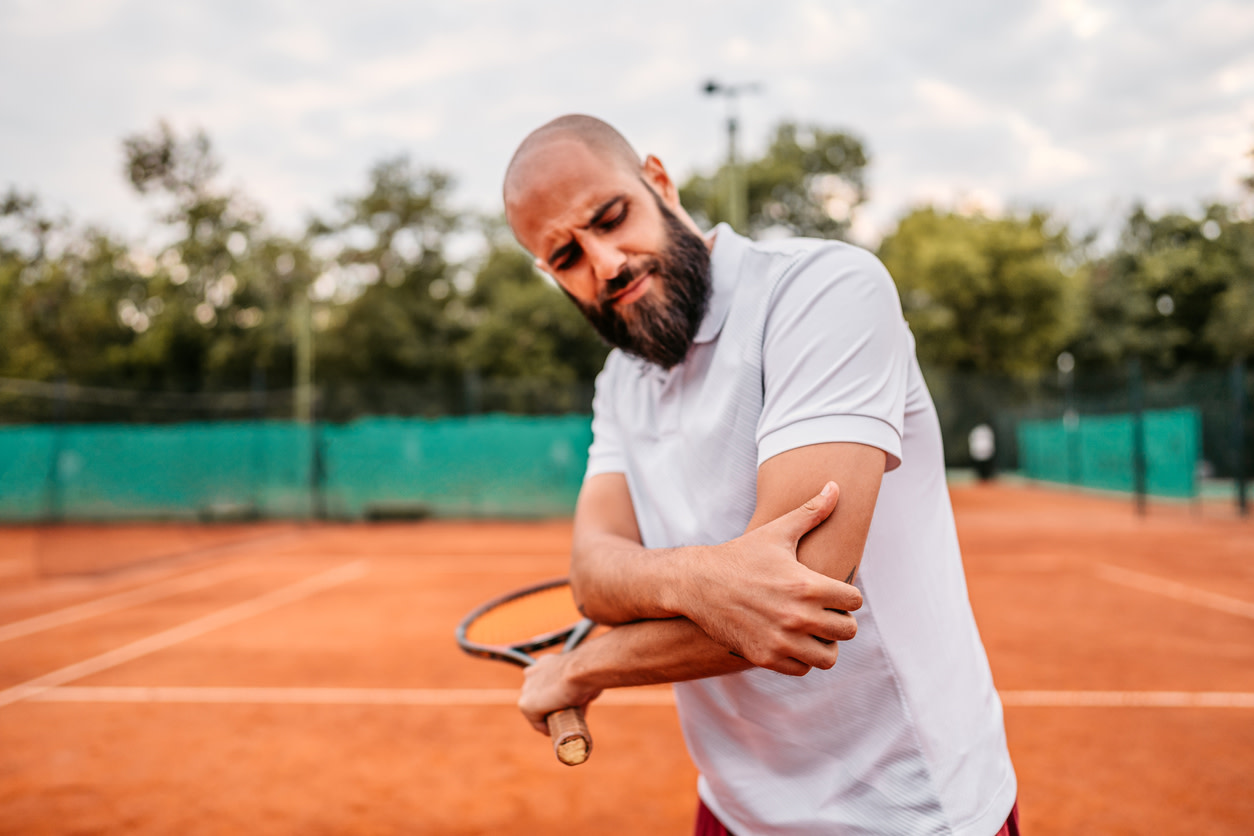How to Treat a UCL Injury and Relieve Elbow Pain, According to Physical Therapists
Learn common causes of a UCL injury and how to relieve the associated elbow pain, especially with exercises from physical therapists.
$0 cost to you
Published Date: Oct 16, 2024
Table of Contents
Fully covered elbow pain relief
Find relief from elbow pain, tennis elbow, elbow sprain, & more.
Check if I'm eligible4 Exercises to Recover from a UCL Injury
Want expert care? Check if you're covered for our free program →- Wrist Extensor Stretch
- Wrist Rotation
- Elbow Curl
- Towel Squeezes
